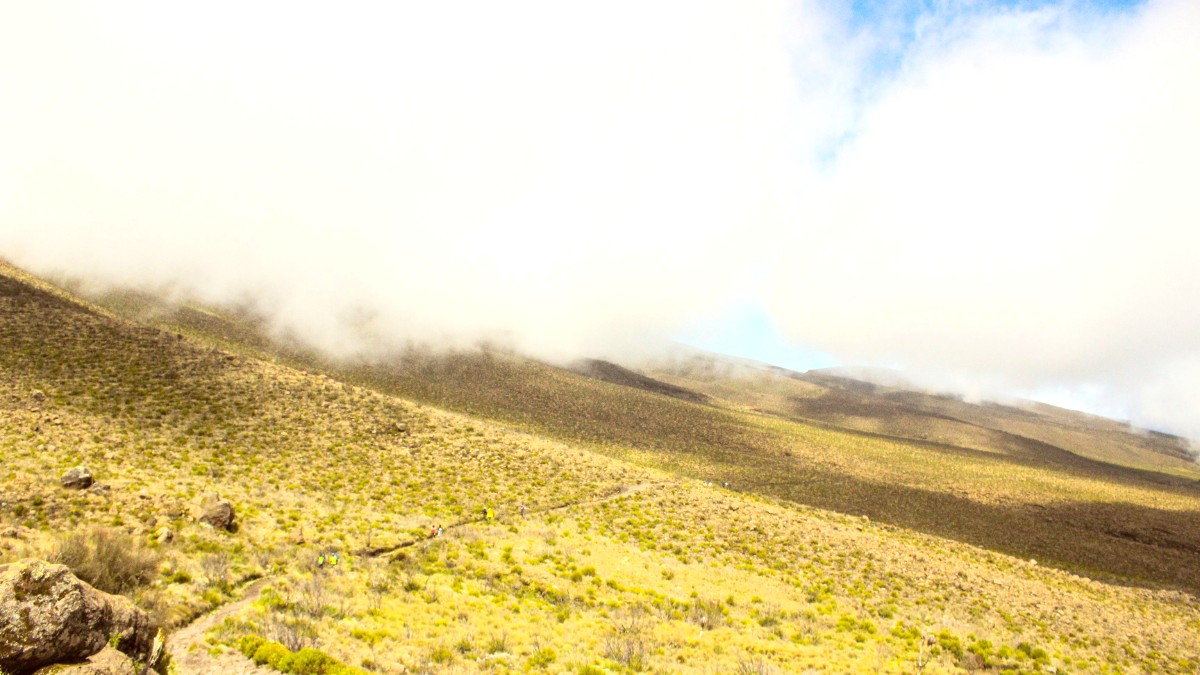
Tanzania
Tanzanian cuisine reflects centuries of trade and migration. Staples are often starch-based, paired with meat, fish, or vegetable stews.
Common ingredients include cornmeal, rice, plantains, collard greens, tomatoes, onions, beans, chicken, beef, goat, and fish. Spices like cumin, turmeric, cardamom, cloves, and cinnamon are often used.
A stiff porridge from cornmeal, serving as a staple side with stews or grilled meat. Find it everywhere, from local eateries to formal restaurants.
Grilled meat (goat, beef, or chicken), a popular street food and restaurant dish, often served with kachumbari (tomato and onion salad). Look for specialized stalls in Moshi or Arusha.
Pilau is a flavorful rice dish with meat or vegetables and spices. Chapati is a soft, unleavened flatbread, often served with stews or as a snack. Both are widely available.
Limited options in Moshi. High-end hotels and lodges often feature excellent restaurants with international and local cuisine.
Arusha offers more fine dining choices than Moshi.
Numerous options exist in both Moshi and Arusha. They present a mix of Tanzanian, Indian, and some international dishes like Italian or Chinese. Many hotels also run good mid-range restaurants.
A reliable choice for varied tastes and comfortable settings.
Local "hoteli" (small restaurants) serve traditional meals at low prices. Street food vendors are common for snacks. Choose vendors with high turnover, hot, freshly cooked items, and good hygiene.
A genuine culinary experience at an affordable rate.
Local markets in Moshi and Arusha stock fresh produce, spices, and sometimes prepared foods. These markets offer a lively atmosphere and a peek into local daily life.
Find a wider selection of international cuisine in larger towns, especially Arusha. Italian, Indian, and Chinese restaurants are common and provide variety.
Some local operators in Moshi offer cooking classes. These typically focus on Tanzanian or Chagga cuisine. You can arrange these as a pre- or post-climb activity to deepen your cultural understanding.
Coffee plantation tours near Moshi are popular. Visitors learn about coffee cultivation, processing, and taste freshly brewed local coffee. These tours are a pleasant way to spend a day.
Food festivals are not a major feature directly around Kilimanjaro. However, local cultural festivals, which may include traditional foods, happen throughout the year.
Experience eating freshly prepared, high-energy meals in a mess tent on the side of the mountain. This is an integral part of the climbing experience.
Meals are designed to be nutritious and calorie-rich for energy during the trek.
Dining often comes with incredible views of the surrounding landscape, clouds, and sometimes other peaks. This makes each meal memorable.
Tour operators boil water for drinking and cooking on the mountain.
Always opt for sealed bottled water.
Enjoy local brands like Kilimanjaro Lager.
Try Konyagi, a local Tanzanian spirit.
Plenty of mango, pineapple, passion fruit.
For water safety, drink only bottled or purified water. On the mountain, tour operators boil water for drinking. Consider carrying a portable water filter or purification tablets as a backup.